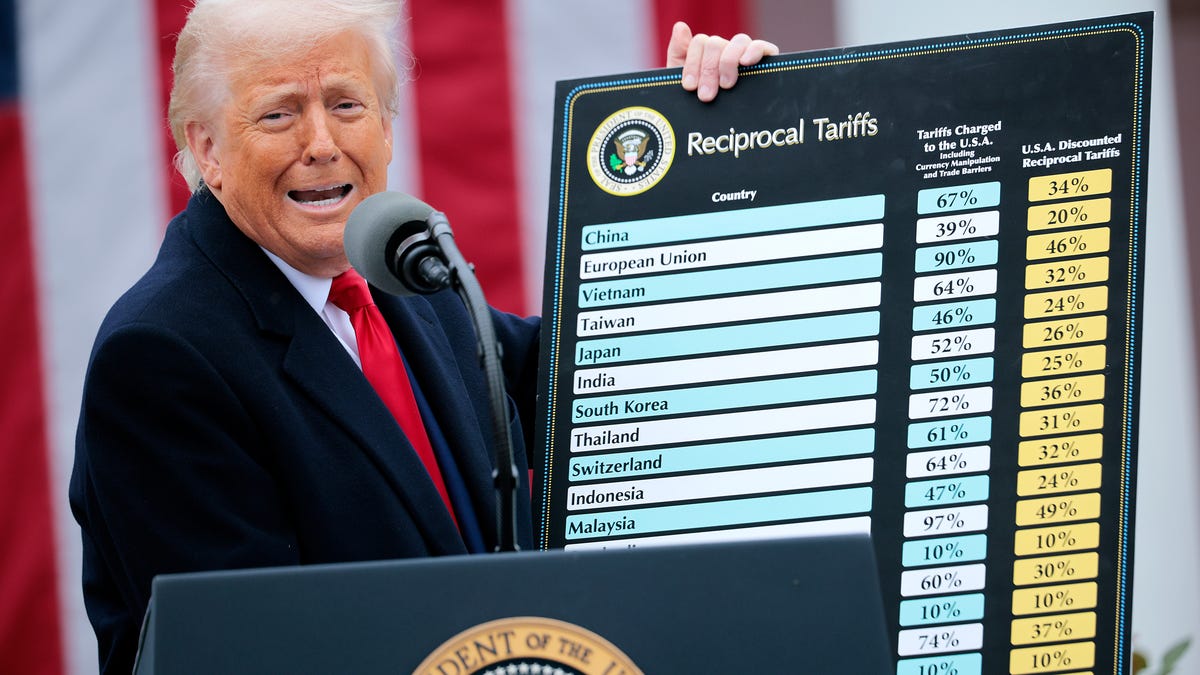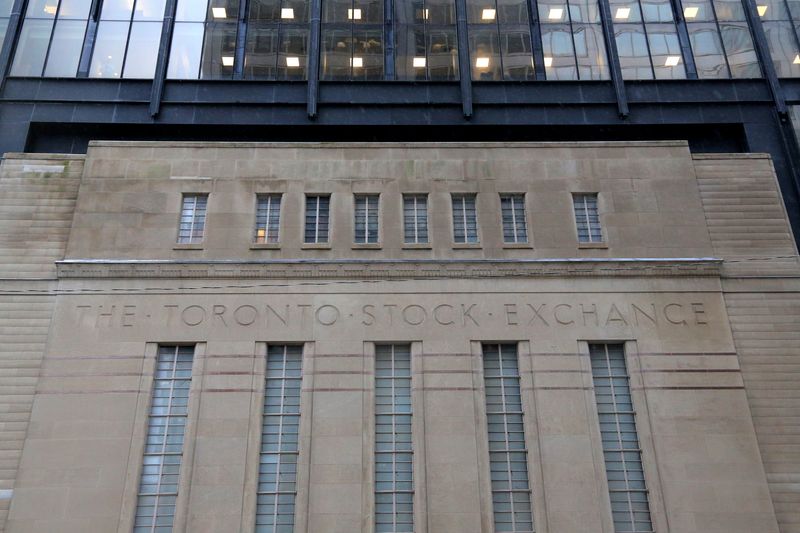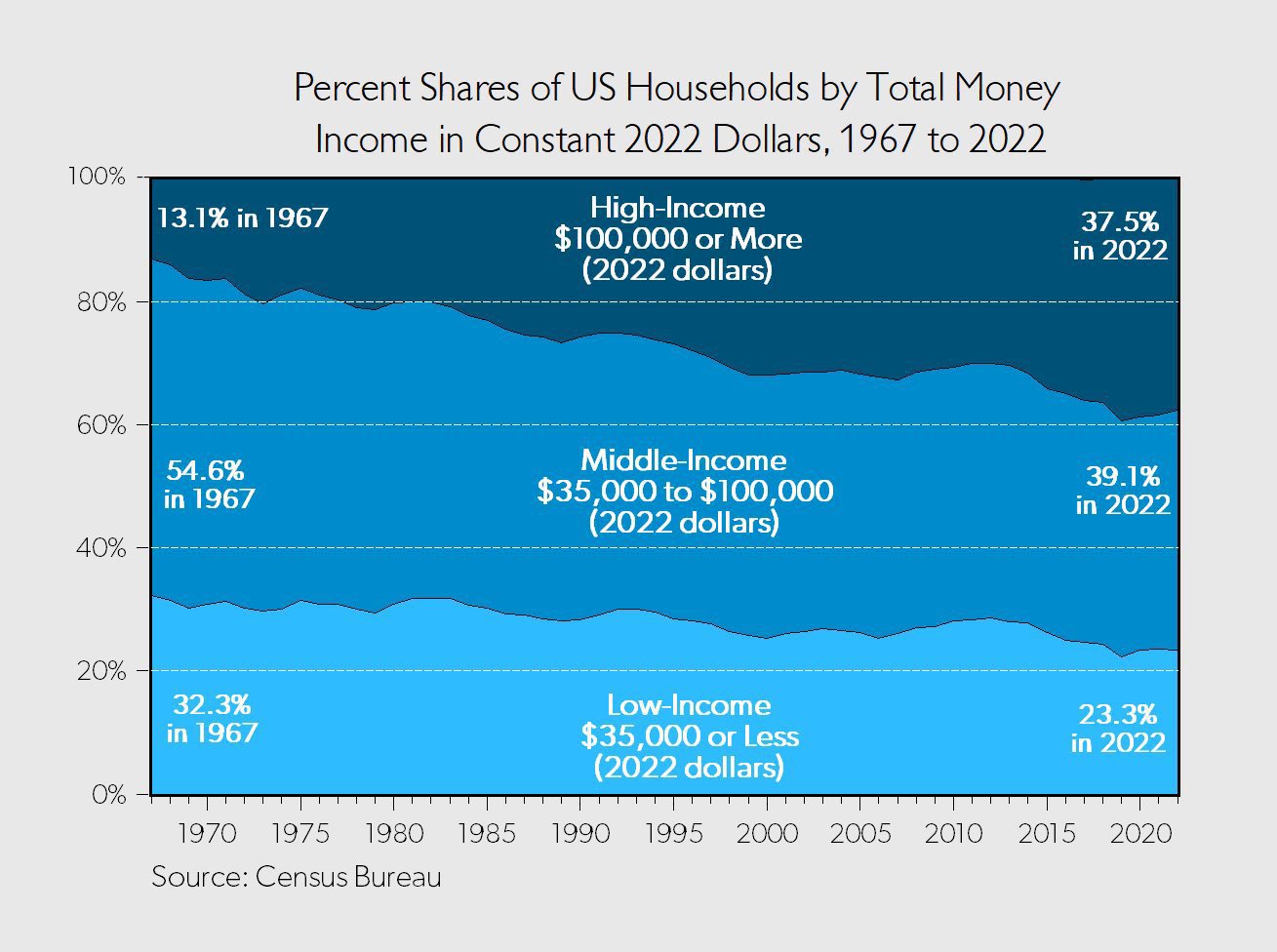America’s housing crisis is solvable—if we choose to build
The housing crisis is not a red or blue issue—it’s a purple issue affecting every community. There’s a win-win solution.

America is facing a housing crisis that threatens the very fabric of our communities. From sprawling cities to rural towns, skyrocketing housing costs and a lack of affordable options are driving families away from economic opportunity and pushing essential workers farther from the places where they’re needed most. In Maine alone, the state estimates it needs 84,000 new housing units by 2030 to meet demand—a microcosm of a nationwide challenge.
The solution isn’t a mystery. It’s rooted in innovation, efficiency, and a willingness to rethink how we build, where we build, and for whom we build. A private market solution, driven by forward-thinking developers, can address this crisis and reshape the future of housing in America.
First, we need to build faster and smarter. Prefabricated and modular construction can reduce construction timelines by 20% to 50% and lower costs by up to 20%, according to a McKinsey & Company study. These methods mitigate labor costs that have plagued the construction industry post-pandemic. Companies like Vantem in South Carolina and KBS Builders in Maine prove that prefab and modular homes can be both cost-effective and highly appealing.
Second, we need to build smaller and better homes. Thoughtfully designed smaller units—from micro-apartments to efficient homes—can meet diverse population needs while reducing environmental impact and lowering costs. Innovative designs that maximize space, integrate sustainable technology, and promote community living can transform how people experience urban and suburban life.
Third, we need to build more densely in the right places. Many communities are bound by restrictive zoning laws that limit density. Modifying zoning to allow for higher-density development—particularly around transit corridors—can dramatically increase the supply of housing. Cities like Minneapolis and Austin have shown that reducing single-family zoning and allowing multifamily units in traditionally low-density areas can unlock thousands of new homes without altering neighborhood character. Connecticut is also making big strides in this direction. In 2021, the state passed a landmark law requiring municipalities to allow higher-density housing near transit stations and town centers.
Housing where it's needed most
For these solutions to scale, policymakers need to clear the path. Streamlining permitting processes can shave months off project timelines and reduce carrying costs that ultimately get passed on to buyers and renters. Inclusionary zoning policies, while well-intentioned, almost always increase overall costs and deter private investment. A more effective approach would be to incentivize affordability through density bonuses, tax credits, and expedited approvals. Higher supply means lower prices.
Across the U.S. flawed policies have constrained housing supply for decades and artificially kept supply low and prices high. Restrictive zoning laws, lengthy permitting processes, and opposition to higher-density development have created bottlenecks that prevent housing from being built where it’s needed most.
Consider Pennsylvania Governor Josh Shapiro’s success in rebuilding the collapsed I-95 bridge in Philadelphia. After a catastrophic fire in June 2023, Shapiro’s administration restored the critical stretch of highway in just 12 days by cutting through red tape and coordinating with private contractors. If Pennsylvania can rebuild a major bridge in less than two weeks, why does it routinely take five years or more to permit a multifamily housing project in Massachusetts?
Solving America’s housing crisis requires more than policy changes and construction techniques. It demands a paradigm shift—a belief that with focus, effort, and collaboration, we can solve even the most daunting challenges. From the Manhattan Project to landing on the moon, to rebuilding after natural disasters, this country has never backed down from a challenge. The housing crisis is no different, but here all we need to do is streamline regulatory hurdles and empower the private market to build the homes Americans desperately need.
This is not a red or blue issue—it’s a purple issue affecting every community. Leaders in both parties have an opportunity to champion reforms that unlock private capital, streamline processes, and remove outdated barriers that stifle development.
A thriving private market approach to housing is a win-win for everyone. Developers can build profitable, high-quality communities that meet real market demand. Investment follows opportunity, and we can align capital with lasting social impact. Most importantly, families, workers, and communities gain access to affordable, vibrant places to live—enhancing economic mobility and strengthening the social fabric of our nation.
America’s housing crisis is a generational challenge—but it’s also an opportunity. Developers, policymakers, and investors have an opportunity to drive simple but innovative solutions that break free from outdated formulas that don’t deliver. The private market, empowered with the right tools and incentives, can lead the charge in delivering housing that is affordable, desirable, and sustainable.
The future of America’s communities depends on it.
The opinions expressed in Fortune.com commentary pieces are solely the views of their authors and do not necessarily reflect the opinions and beliefs of Fortune.
This story was originally featured on Fortune.com








































































































































































